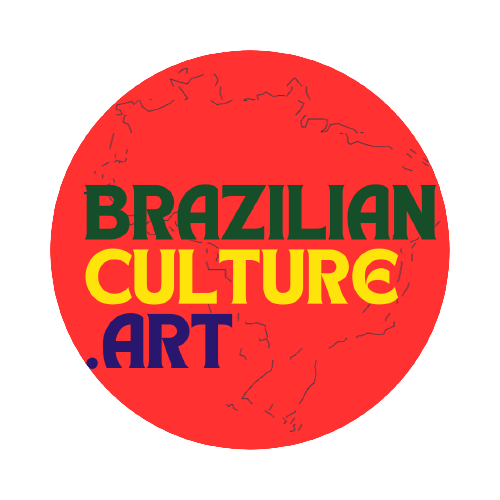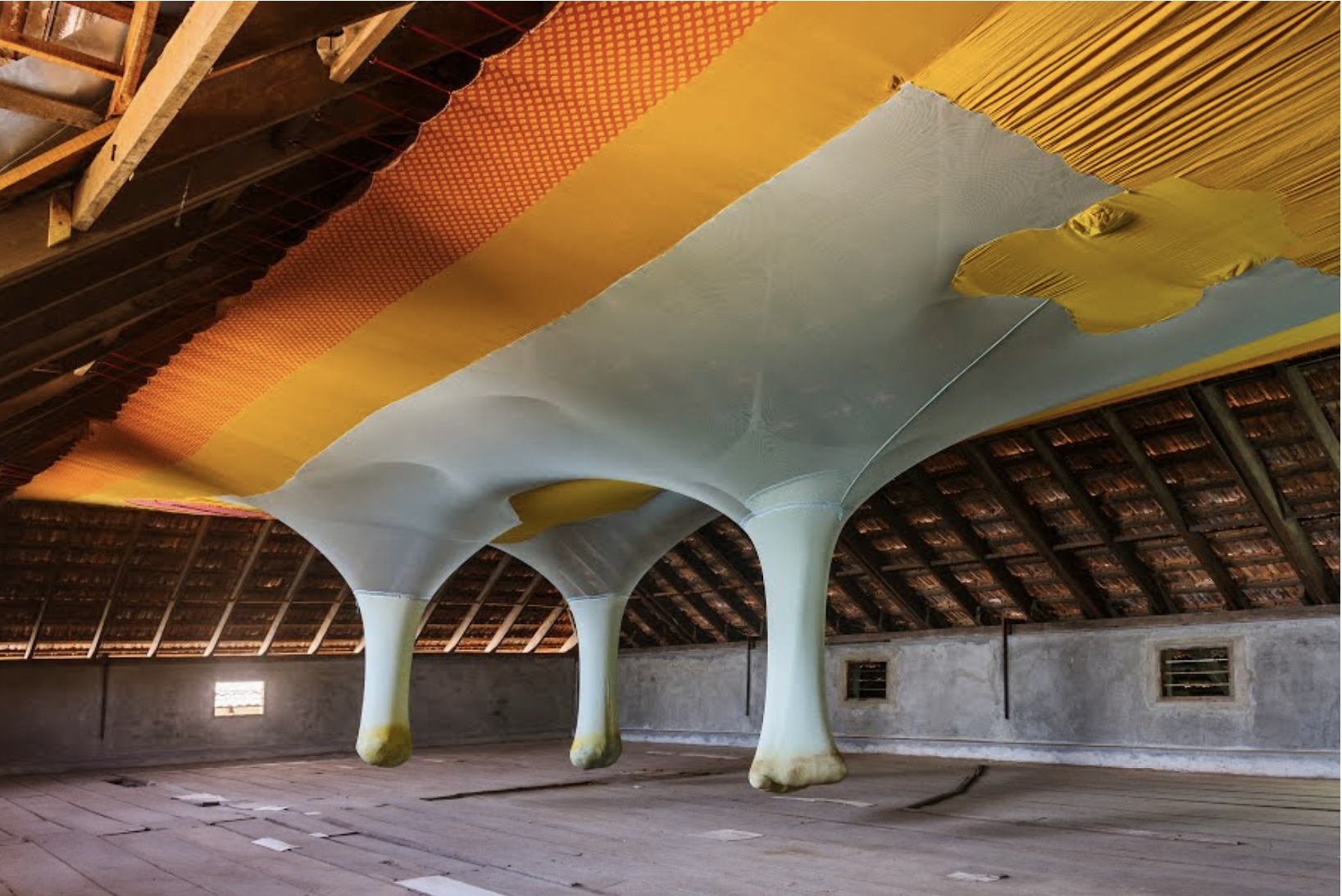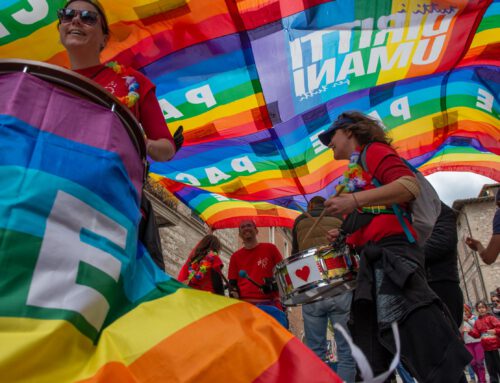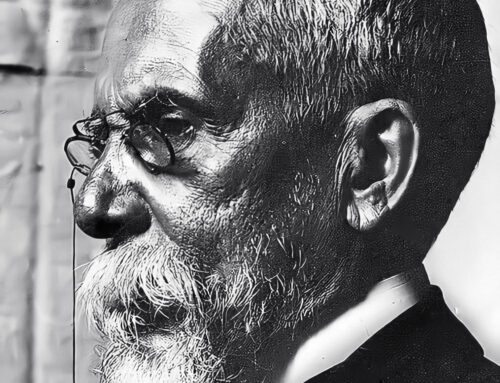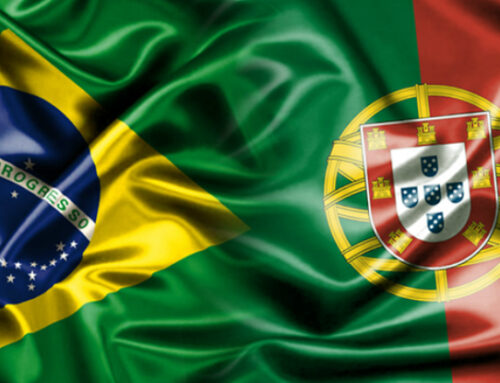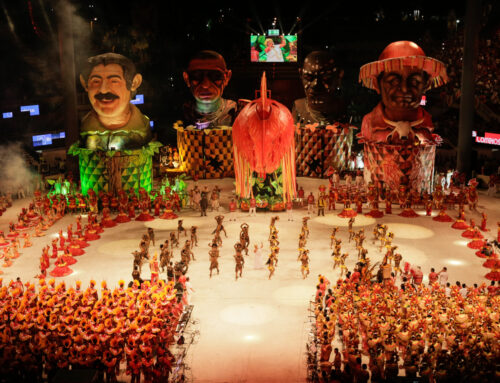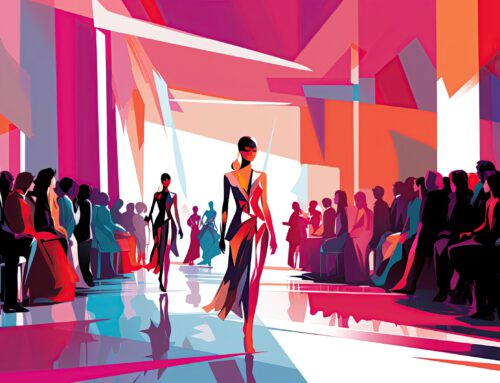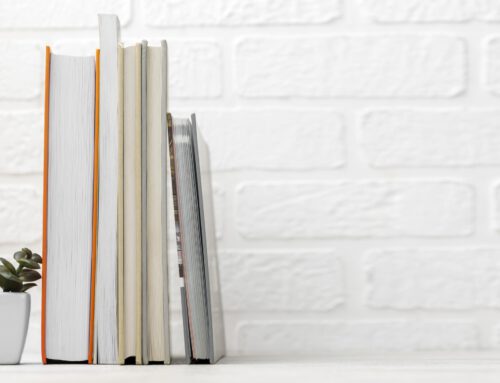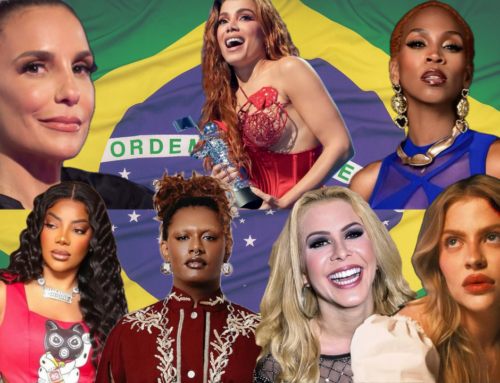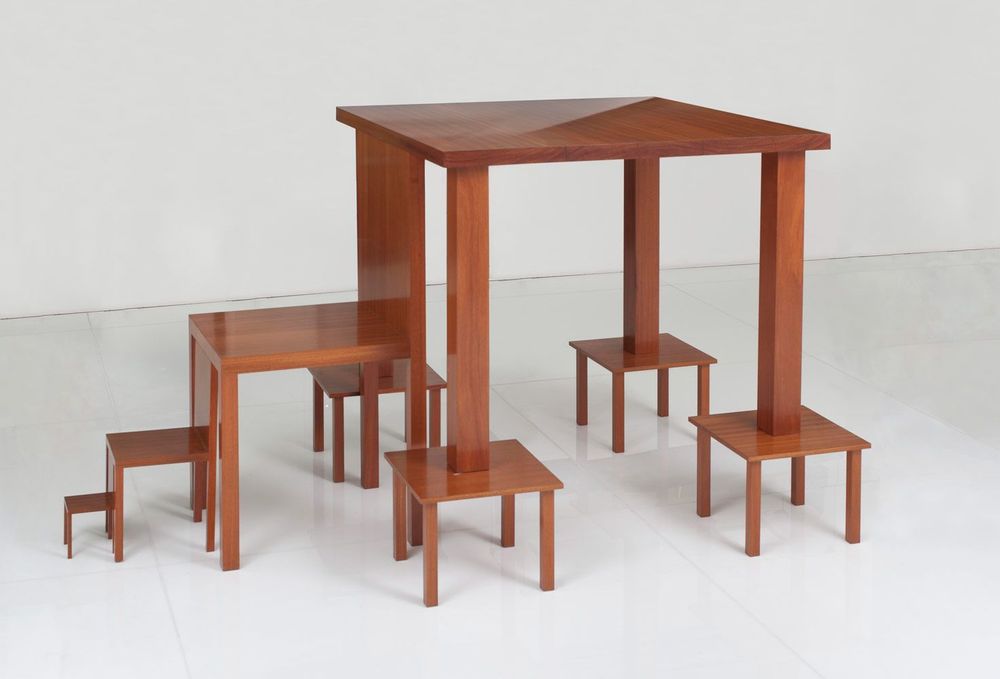
cildo_meireles_3_31eb57c597
In-mensa, 1982, madeira, 100 x 185 x 115 cm
Brazilian Contemporary Art is a vibrant and diverse universe, reflecting the rich cultural tapestry of the country. In this article, we dive into the main contemporary artists of Brazil, exploring the artistic movements that influenced them and the details of the regions or cities they come from. This journey takes us through a path filled with colors, shapes, and expressions that define the Brazilian visual identity on the global stage.
Beatriz Milhazes
Beatriz Milhazes, from Rio de Janeiro, emerges as one of the most emblematic figures of Brazilian contemporary art. Since the 1990s, her work has transcended borders, achieving global prestige Milhazes has exhibited her creations in renowned spaces, including the Museum of Modern Art in New York and the Reina Sofia Museum in Madrid. Moreover, her art also adorns public spaces, as demonstrated by the decorative panels she created for the London Underground, integrating into the city’s daily life and beautifying the journey of its inhabitants.
Milhazes’ influences are deeply rooted in Brazilian Modernism, absorbing and reimagining the legacy of iconic figures such as Tarsila do Amaral, whose works are fundamental to the understanding of Brazil’s cultural and aesthetic identity. The landscaper Roberto Burle Marx, known for his public gardens that intertwine art and nature, and the performance artist Hélio Oiticica, whose experimental approach challenged the traditional boundaries of art, are also among her main influences. This amalgamation of inspirations is reflected in her work, characterized by chromatic exuberance and compositions that celebrate the visual and cultural richness of Brazil.
The paintings of Milhazes are a visual invitation to explore the complexity of forms, the vibration of colors, and the intersection between the modern and the traditional. By incorporating geometric elements with floral and organic motifs, Milhazes not only reveres Brazil’s biodiversity but also dialogues with the artistic traditions that shaped her visual language. Her work is a testament to the ability of art to transcend geographical barriers while remaining deeply connected to its roots.
In 2008, Beatriz Milhazes made history in the international art market with the sale of her painting “The Magician” (2001). This work became the first to surpass the Brazilian record at foreign auctions, which until then belonged to Tarsila do Amaral, one of the most emblematic figures of Brazilian Modernism. This event not only elevated Milhazes to the status of one of the most valued Brazilian artists on the international scene but also highlighted the growing appreciation and demand for Brazilian contemporary art worldwide.
The international career of Beatriz Milhazes and her presence in collections and exhibitions around the world underscore not only her significance in the contemporary art panorama but also the relevance of Brazilian art in the global dialogue on culture and identity.
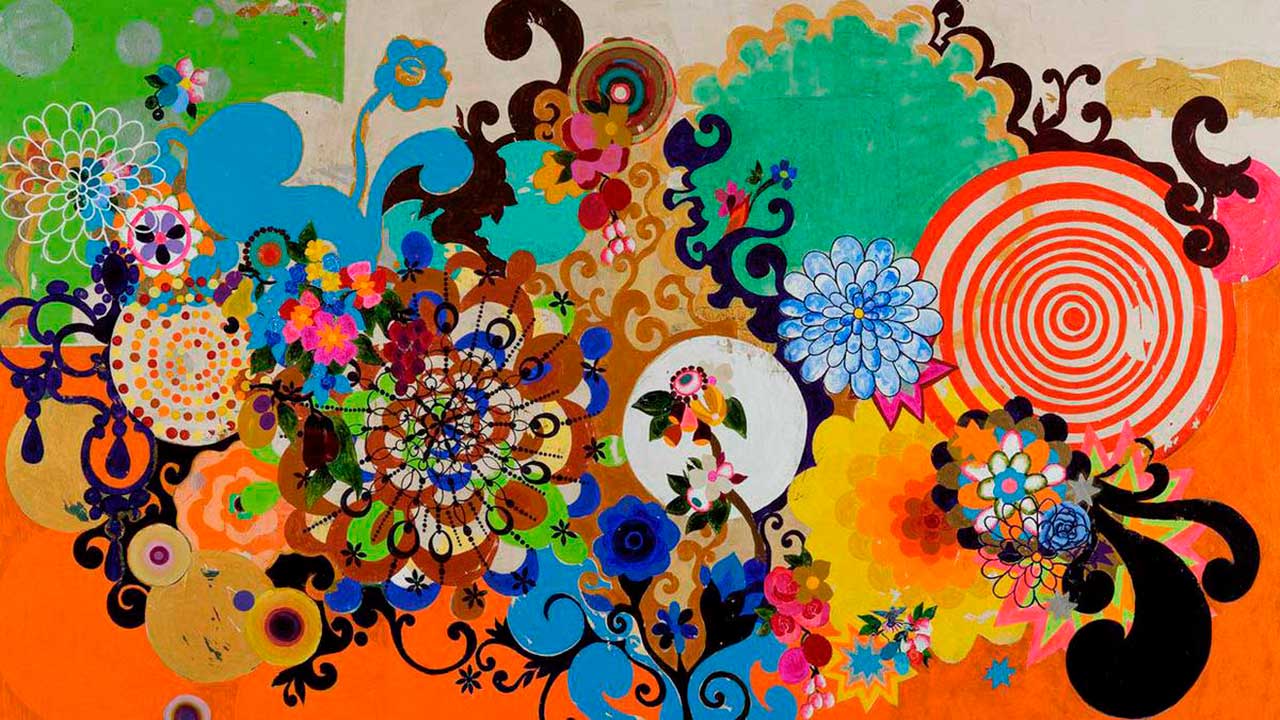
O MÁGICO, 2001, Tinta acrílica sobre tela, 188 x 298 cm, Foto Jorge Miño
Vik Muniz
Vik Muniz, born in São Paulo, stands out on the global artistic scene not only for his innovative use of materials to recreate iconic images but also for the significant presence of his work in some of the most renowned art spaces around the world. Muniz’s photographs are found in private collections and galleries spread across cities such as San Francisco, Madrid, Paris, Moscow, and Tokyo, showcasing his wide acceptance and appreciation.
Furthermore, prestigious institutions like the Tate Modern and the Victoria & Albert Museum in London, the Getty Institute in Los Angeles, and the São Paulo Museum of Modern Art (MAM) have included Muniz’s works in their collections. Being present in these spaces not only reaffirms the quality and relevance of Muniz’s work but also highlights the capacity of Brazilian contemporary art to engage with audiences and critics around the globe.
This representation in international museums and galleries underscores the transcultural dialogue facilitated by Muniz’s art, challenging traditional concepts of image and representation and provoking reflections on reality, perception, and the very nature of art. Through his work, Muniz not only questions the boundaries between art and the material it is made from but also between art and the viewer, encouraging active and critical interaction with his works.
The global presence of Vik Muniz and the recognition of his work reflect the dynamism and diversity of Brazilian contemporary art, as well as its ability to communicate, question, and fascinate beyond any geographical or cultural boundary. Muniz, with his art, significantly contributes to the global artistic dialogue, reaffirming Brazil’s position as a vital contributor to the international contemporary art scene.

Multidão, 2002, Vik Muniz, Cibachrome, 76,00 cm x 101,00 cm
Ernesto Neto
Ernesto Neto is a central figure in Brazilian contemporary art, known for his immersive installations that challenge traditional perceptions of space, form, and materiality. To enrich the understanding of his work, it is essential to recognize the influences and elements that compose his unique artistic trajectory.
From the beginning of his career, Ernesto Neto’s artistic journey has been markedly influenced by artists such as José Resende and Tunga, as well as by the learning and inspiration he received from Roberto Moriconi. These initial interactions played a crucial role in the development of his style and artistic approach, especially in exploring the formal and symbolic articulations between different materials.
Neto is known for his sculptures made of fabrics like Lycra, cotton, and polyamide, which are filled with a variety of materials, including lead balls, polypropylene, spices, beads, foam, and herbs. This combination creates structures akin to large nets or “colonies,” as the artist himself has called them, exploring tension, strength, resistance, and balance in a way that sharpens the viewer’s curiosity.
Neto’s work has been widely recognized and presented in international art festivals, galleries, and museums on all five continents over the last decade, highlighting his relevance and global impact. His inspiration is partly derived from Brazilian neo-concretists of the 1950s and 1960s, such as Lygia Clark and Hélio Oiticica. The works of these artists and the rejected ideas of modernism, especially geometric abstraction aiming to equate art with living organisms in a form of organic architecture, have deeply influenced Neto’s approach. His installations invite the viewer to become an active participant, immersing in spaces that are both tactile and visual, promoting an art experience that is experiential and sensory.
Ernesto Neto transforms galleries and museums into participatory ecosystems, where visitors are encouraged to touch, smell, and interact with the works, creating a dialogue between the space, the artwork, and the audience. This revolutionary approach solidifies Neto’s role as an innovator in contemporary art, whose works challenge the boundaries between the artist, the artistic object, and the viewer, promoting a shared experience that is deeply rooted in human connection and interaction with the natural world.
Panmela Castro (Anarkia Boladona)
Panmela Castro, also known by her artistic name Anarkia Boladona, stands out as one of the most prominent Brazilian graffiti artists. Her journey in street art transcends mere talent expression; it’s a celebration of freedom as a political act and a vehicle for civil transgression. Born in Rio de Janeiro, Castro embraced graffiti not just as an art form but as a powerful tool for social activism.
In a predominantly male universe, Castro stood out as a solitary female voice when she started. Her art is an unwavering commitment to combatting high rates of violence against women in Brazil, a country where this type of violence is a sad reality. Using the streets as her canvas and graffiti as her voice, she addresses crucial issues such as domestic violence, gender inequality, and mistreatment of women. Castro transforms public spaces into platforms for awareness and discussion, where each mural becomes a visible manifesto against the injustices suffered by women.
The work of Panmela Castro is a vibrant fusion of colors and messages that captures attention and provokes thought, challenging the status quo and inspiring change. In doing so, she not only elevates graffiti to a respected form of artistic expression but also reaffirms the role of art as a catalyst for social progress and gender equality.
By adding Panmela Castro to this discussion, we not only enrich our understanding of Brazilian Contemporary Art but also highlight the power of art as a vehicle for social change, demonstrating that creativity and courage can indeed reshape the world around us.
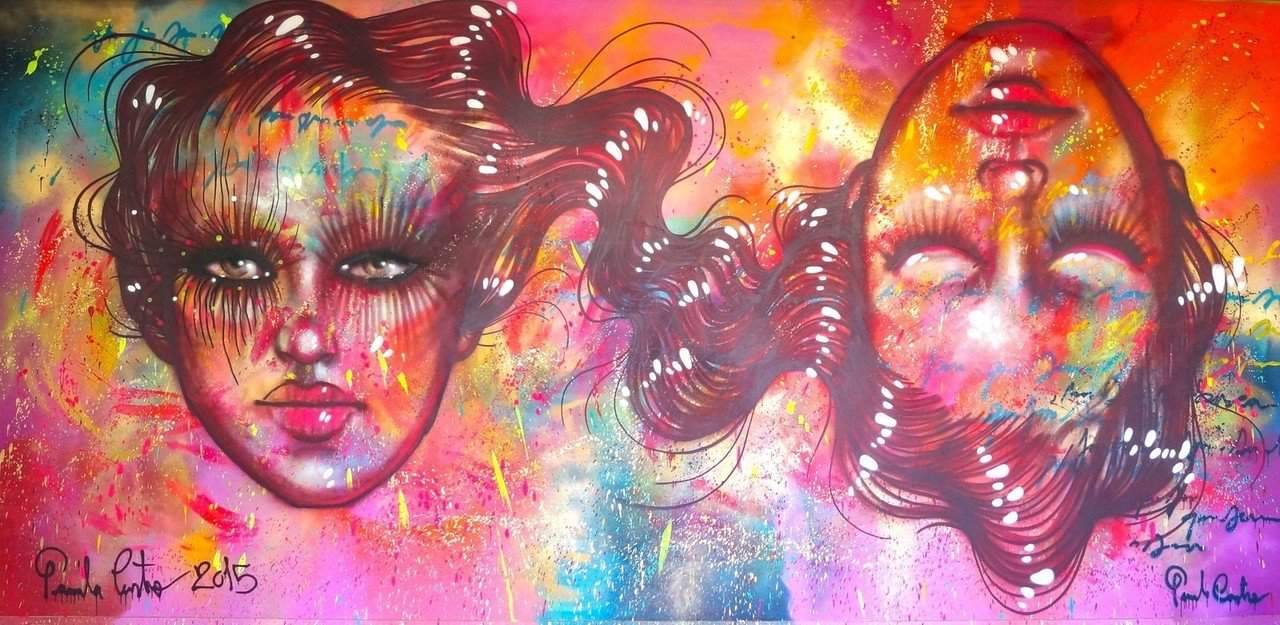
Panmela Castro, New York City, 2015
Adriana Varejão
Adriana Varejão is an artist whose deeply evocative and provocative work explores the complex layers of Brazil’s cultural and historical identity. Through her works, Varejão not only questions established narratives but also unveils the tensions and scars that shape Brazilian society.
A distinctive feature of Varejão’s work is her “Fendas e Charques” series, which powerfully illustrates her contact with and influence from Minas Gerais Baroque. This style, known for its visceral intensity and theatricalized aesthetics, is characterized by the dramatic use of religious imagery and symbolism, including wounds. Inspired by this tradition, Varejão adopts a similarly intense approach to “tearing” the surfaces of her works, revealing what she describes as the “innards” of Brazilian architecture.
These “cracks” in the tile walls created by Varejão are not merely physical or aesthetic; they are metaphorical, intended to expose the still-open wounds and traumas of Brazil’s violent histories. These long-hidden, domesticated, and silenced stories represent the struggles and contradictions of the country’s “civilization” and “modernization” process. Varejão seeks, therefore, to bring these pulsating and latent stories to the surface of art, as a force about to break through.
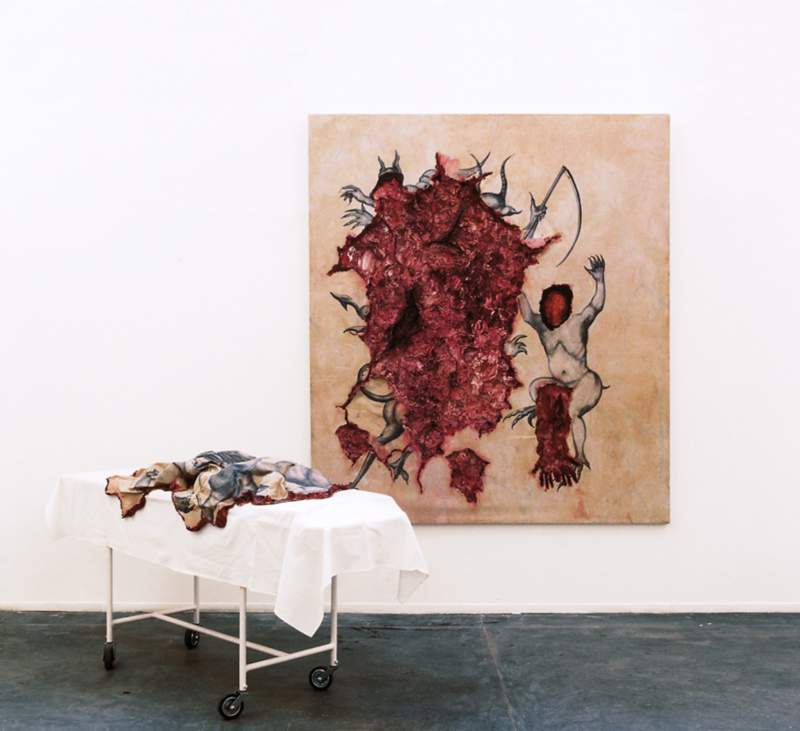
Extirpação do Mal por Incisura, 1994 óleo sobre tela e objetos 265 x 320 x 180 cm / 220 x 190 cm (tela) / 100 x 185 x 50 cm (maca)
The artist explains this process as if there were a latent force about to break through the skin of the painting, suggesting an imminent revelation and confrontation. Her works invite viewers to confront these hidden realities, to recognize the layers of history and memory that compose the Brazilian social and cultural fabric.
The work of Adriana Varejão is a potent reminder that art can serve as a means to explore and express the complexities of our identity and history. By incorporating and reinterpreting Minas Gerais Baroque, Varejão not only pays homage to a rich artistic tradition but also uses it as a vehicle to investigate and challenge dominant narratives, providing a deeper and more nuanced view of Brazilian reality.
Os Gêmeos
Gustavo and Otávio Pandolfo, collectively known as Os Gêmeos, are prominent figures on the global street art scene, bringing vibrant Brazilian visual culture to the world. The expansion of their work’s scope over the years reflects not only the universality of their art but also the growing appreciation of street art as a legitimate and powerful form of cultural expression.
A significant milestone in Os Gêmeos’ international journey occurred on May 22, 2008, when they were invited to paint the facade of the Tate Modern in London for the “Street Art” exhibition. At this event, they collaborated with other renowned street artists, such as the Brazilian graffiti artist Nunca, the New York group Faile, JR from Paris, Blu from Italy, and Sixeart from Barcelona. This project not only highlighted Os Gêmeos on the international art scene but also reinforced the importance of street art as a globally recognized artistic movement.
Beyond this iconic event, Os Gêmeos have held numerous individual and collective exhibitions in museums and galleries across various countries, including Cuba, Chile, the United States, Italy, Spain, England, Germany, Lithuania, and Japan. These exhibitions demonstrate the wide range of influences and themes that permeate their work, from hip-hop culture and Brazilian pixação to social, political, and cultural issues.
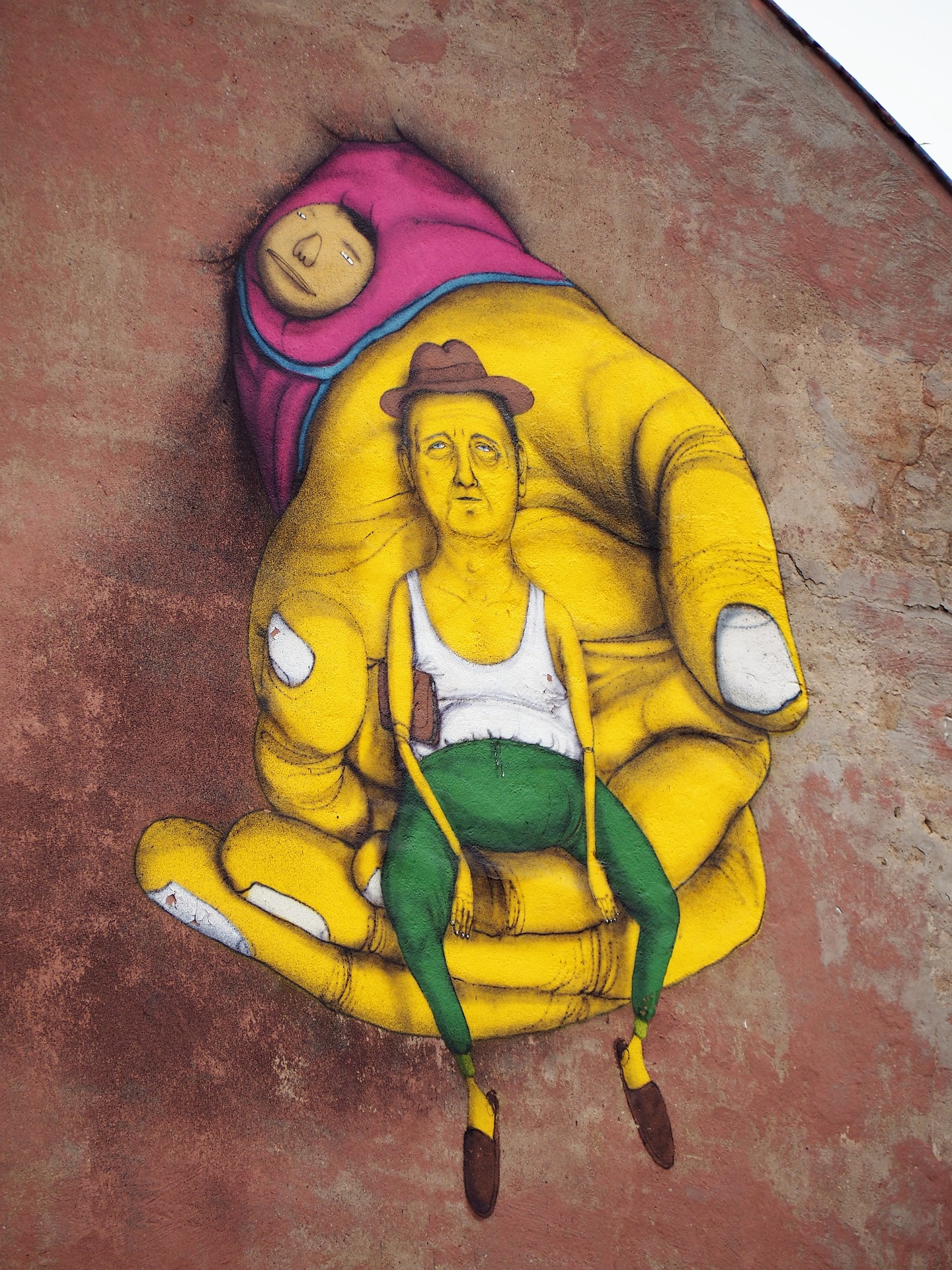
Available at https://pixabay.com/pt/photos/litu%C3%A2nia-vilnius-grafite-2826376/ Accessed on 03/12/2024.
Os Gêmeos’ involvement in high-profile projects and their presence in prestigious art spaces worldwide showcase not only their talent and innovation but also the increasing acceptance of street art as a valid and vital form of cultural dialogue. Through their unique visual narratives, filled with surreal yellow characters and dreamlike scenarios, they manage to convey universal stories and emotions, transcending linguistic and cultural barriers.
The contribution of Os Gêmeos to contemporary art goes beyond aesthetics; they catalyze reflection and dialogue about social and cultural realities, not just in Brazil but in urban contexts around the world. . Their work is a vibrant testimony to the power of street art as a means of critical and engaged expression, reflecting the voices and experiences of the communities they inhabit.
The trajectory of Os Gêmeos, marked by significant collaborations and international recognition, reiterates their role as ambassadors of Brazilian culture and icons of global art. They continue to inspire new generations of artists and art enthusiasts, reaffirming the value and impact of street art in the contemporary art scene.
Cildo Meireles
Cildo Meireles is one of Brazil’s most influential contemporary artists, whose work transcends national borders to provoke global discussions on power, politics, and perception. His immersive installations and artistic objects are more than mere visual works; they are complete sensory experiences that invite critical reflection on pressing sociopolitical issues, such as the Brazilian military dictatorship and the implications of globalization on the country’s economy.
Internationally recognized, Cildo Meireles creates works that challenge and expand the limits of human perception, emphasizing the importance of communication processes and the dynamic relationship between the observer and the artwork. His deeply conceptual work examines the fallibility of human perception, questioning immediate reality and encouraging a deeper investigation of the conditions that shape our understanding of the world.
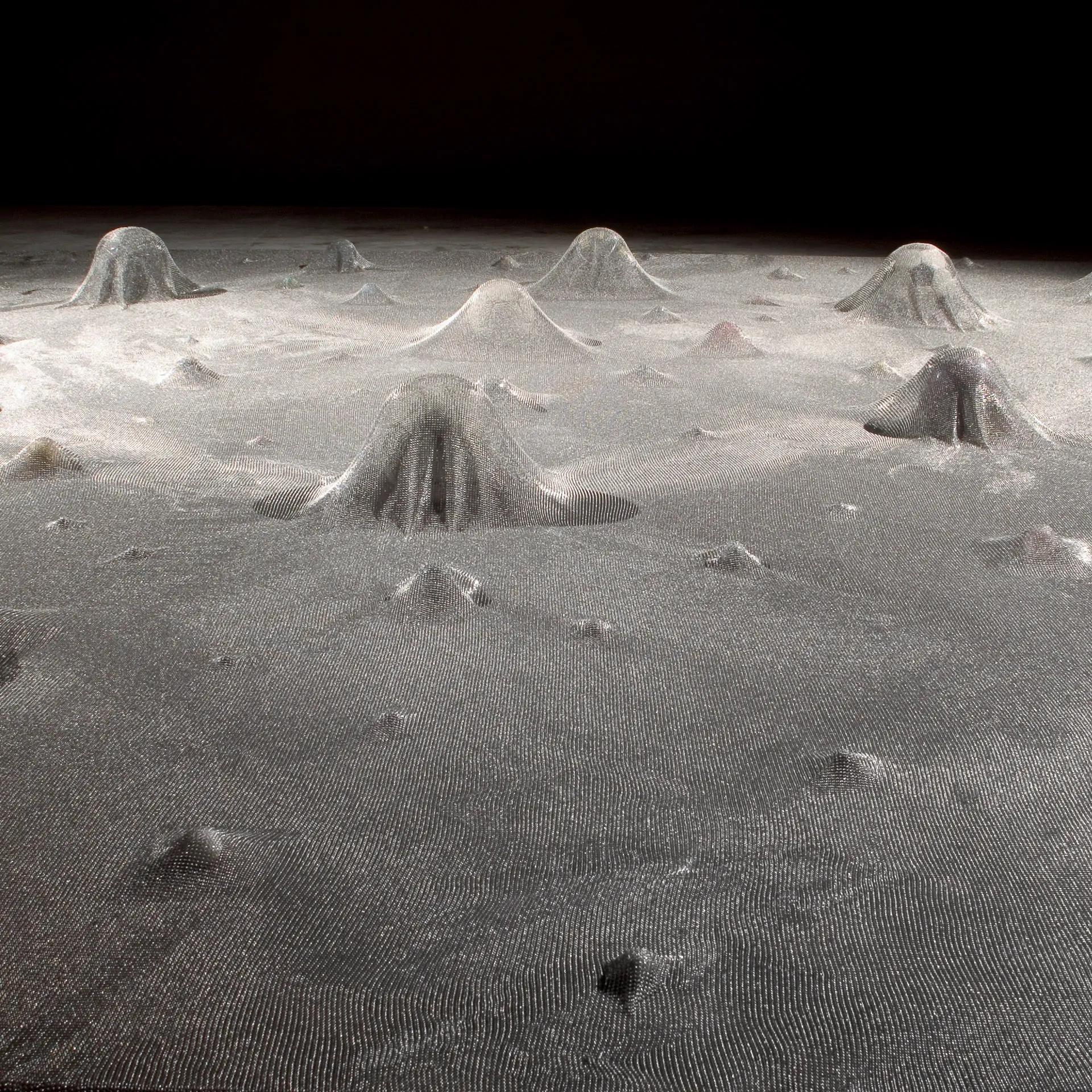
Cildo Meireles, Glove Trotter, 1991, [detalhe]. Foto: Pedro Motta
Meireles’s work is notable not only for its conceptual rigor but also for how it engages with the sociopolitical context, especially regarding Brazil’s recent history. His installations address themes such as the military dictatorship (1964-1985), openly criticizing the injustices and human rights violations that occurred during this period, and reflecting on Brazil’s position in the global economic context.
In 2008, Meireles’s significant contribution to contemporary art was solidified when he received the Velázquez Prize for Plastic Arts, awarded by the Spanish Ministry of Culture. This award is a testament to Meireles’s international stature and the impact of his work. That same year, he was honored with an exhibition at the Tate Gallery in London, which highlighted his politically charged works and installations. This exhibition, which remained open until January 2009, provided an international platform for his powerful social and political critiques, reaffirming his position as one of the most relevant artists of his generation.
The work of Cildo Meireles is a potent reminder of the role of art as a form of resistance and social commentary. Through his works, he continues to question and challenge our perceptions while inviting us to reflect on issues of authority, freedom, and the complex interaction between art and the market. His ability to connect the local and global, the personal and political, ensures that his work remains as relevant and provocative today as it has always been.
Brazilian Contemporary Art is a dynamic field that continues to evolve, reflecting the social, cultural, and political changes of the country. These artists, with their diverse origins and varied influences, contribute to the rich mosaic of Brazilian art, firmly placing Brazil on the global art map. Each, in their way, not only honors the traditions and influences that have shaped them but also pushes the boundaries of artistic expression to create new and exciting ways to see and understand the world.
